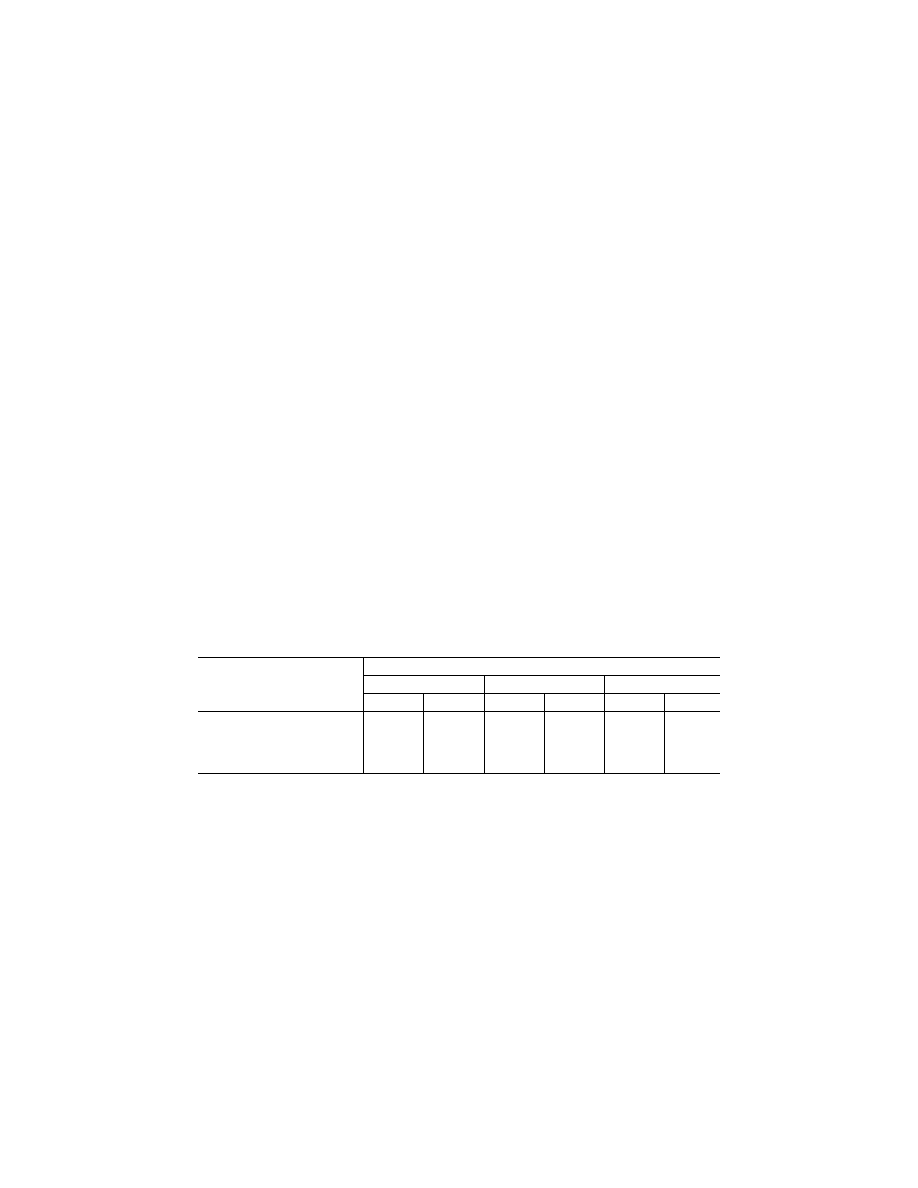
754
14 CFR Ch. I (1–1–19 Edition)
§ 34.60
calculating a ‘‘characteristic level’’ by
applying a set of statistical factors
that take into account the number of
engines tested. Round each char-
acteristic level to the same number of
decimal places as the corresponding
emission standard. For turboprop en-
gines, use the procedures specified for
turbofan engines, consistent with good
engineering judgment.
(b) Use a test fuel that meets the
specifications described in Appendix 4
of ICAO Annex 16. The test fuel must
not have additives whose purpose is to
suppress smoke, such as
organometallic compounds.
(c) Prepare test engines by including
accessories that are available with pro-
duction engines if they can reasonably
be expected to influence emissions. The
test engine may not extract shaft
power or bleed service air to provide
power to auxiliary gearbox-mounted
components required to drive aircraft
systems.
(d) Test engines must reach a steady
operating temperature before the start
of emission measurements.
(e) In consultation with the EPA, the
FAA may approve alternative proce-
dures for measuring emissions, includ-
ing testing and sampling methods, ana-
lytical techniques, and equipment
specifications that differ from those
specified in this part. Manufacturers
and operators may request approval of
alternative procedures by written re-
quest with supporting justification to
the FAA and to the Designated EPA
Program Officer. To be approved, one
of the following conditions must be
met:
(1) The engine cannot be tested using
the specified procedures; or
(2) The alternative procedure is
shown to be equivalent to, or more ac-
curate or precise than, the specified
procedure.
(f) The following landing and takeoff
(LTO) cycles apply for emissions test-
ing and for calculating weighted LTO
values:
LTO T
EST
C
YCLES AND
T
IME IN
M
ODE
Mode
Class
TP
TF, T3, T8
TSS
TIM (min)
% of rO
TIM (min)
% of rO
TIM (min)
% of rO
Taxi/idle .................................................
26.0 7
26.0 7
26.0
5.8
Takeoff ..................................................
0.5 100 0.7 100 1.2 100
Climbout ................................................
2.5 90 2.2 85 2.0 65
Descent .................................................
NA NA NA NA 1.2 15
Approach ...............................................
4.5 30 4.0 30 2.3 34
(g) Engines comply with an applica-
ble standard if the testing results show
that the engine type certificate fam-
ily’s characteristic level does not ex-
ceed the numerical level of that stand-
ard, as described in the applicable ap-
pendix of Annex 16.
(h) The system and procedure for
sampling and measurement of gaseous
emissions shall be as specified by in
Appendices 2, 3, 4, 5 and 6 to the Inter-
national Civil Aviation Organization
(ICAO) Annex 16, Environmental Pro-
tection, Volume II, Aircraft Engine
Emissions, Third Edition, July 2008.
This incorporation by reference was ap-
proved by the Director of the Federal
Register in accordance with 5 U.S.C.
552(a) and 1 CFR part 51. This docu-
ment can be obtained from the ICAO,
Document Sales Unit, 999 University
Street, Montreal, Quebec H3C 5H7, Can-
ada, phone + 1 514–954–8022, or
www.icao.int
or
sales25icao.int.
Copies
can be reviewed at the FAA New Eng-
land Regional Office, 12 New England
Executive Park, Burlington, Massachu-
setts, 781–238–7101, or at the National
Archives and Records Administration
(NARA). For information on the avail-
ability of this material at NARA, call
202–741–6030, or go to:
http://
www.archives.gov/federal
l
register/
code
l
of
l
federal
l
regulations/
ibr
l
locations.html.
[Doc. No. FAA–2012–1333, 77 FR 76853, Dec. 31,
2012, as amended by Doc. No. FAA–2018–0119,
Amdt. 34–6, 83 FR 9170, Mar. 5, 2018]
VerDate Sep<11>2014
12:50 Apr 30, 2019
Jkt 247046
PO 00000
Frm 00764
Fmt 8010
Sfmt 8010
Y:\SGML\247046.XXX
247046
spaschal on DSK3GDR082PROD with CFR